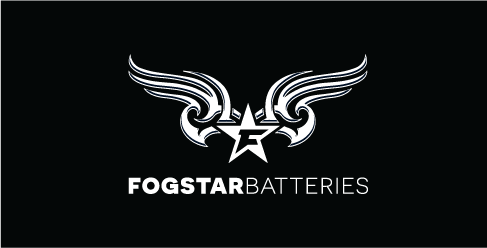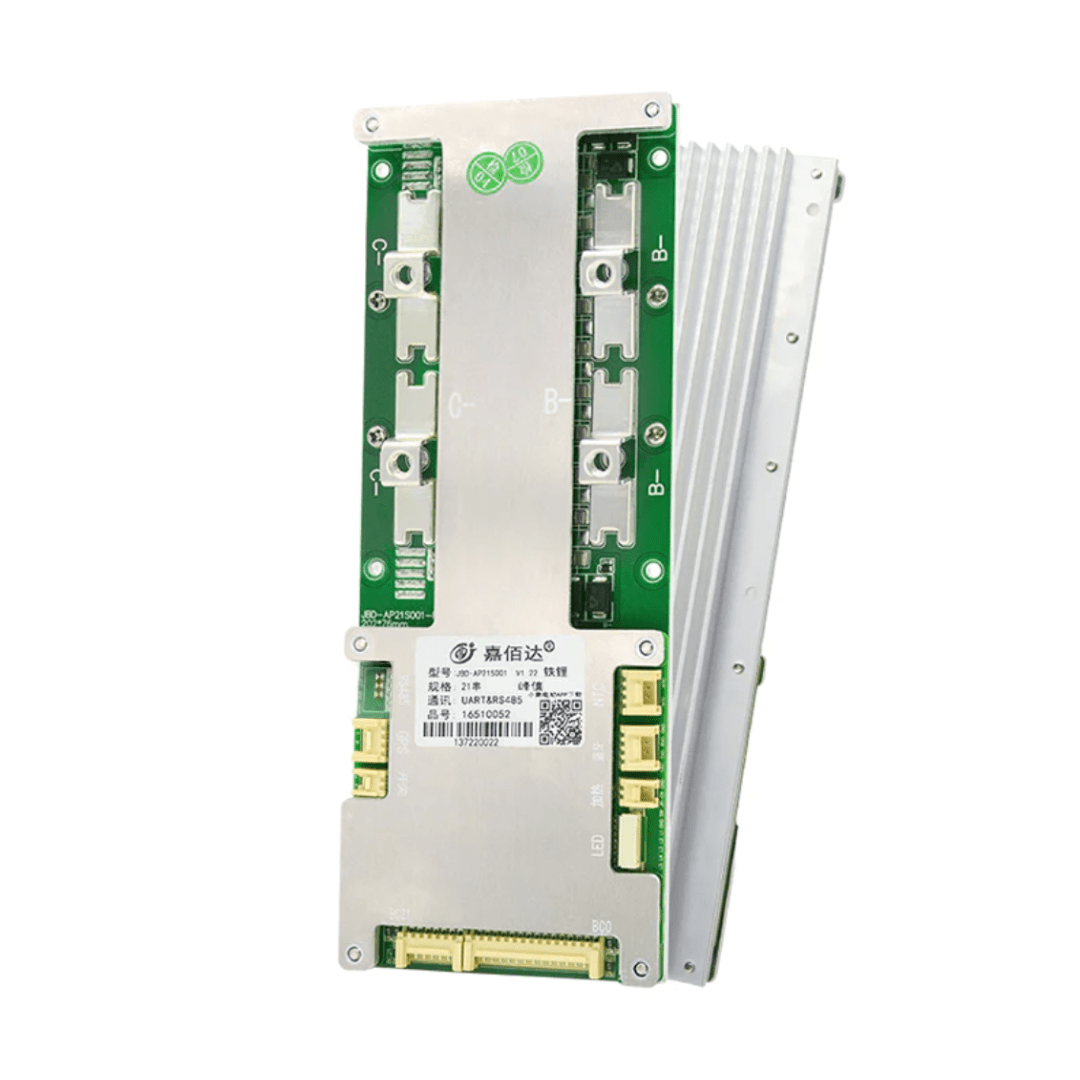Hi, Hoping someone can shed some light on a weird issue I have with my JBD SP04S034 100A BMS.
It was my understanding that these BMS units could be used in series, however i haven't found any specific information that says what the voltage limits are for these units e.g 24V or 48V
So i have 4 x 12.8V lifepo4 batteries, each battery uses this specific BMS unit and i put them in series to make a 48V battery to use my inverter. Everything worked fine for a while until the inverter stopped operating as normal.
Checking each battery with a multi-meter I found one reading 10.1V across the terminals, yet the APP is showing voltage above 13V? So i checked voltage of the actual cells and it matches the App. So thinking it was perhaps a bad balance lead i checked every connection and all is good. I disconnected the balance leads from the BMS and also confirmed cell voltages at the plug, all good. Now when i re-connected the balance leads the voltage across the main terminals returned to normal for a couple of minutes before dropping back to 10V. If i attach a charger, nothing happens and with the charger connected the voltage reads zero. So seems the BMS has closed the charge FETS?
The highest discharge when batteries where in series was 59.3 Amps (DC)
So have i just been unlucky or are these BMS units unsuitable for a 48V system?
Thanks for reading and i welcome your opinions and thoughts on this.
It was my understanding that these BMS units could be used in series, however i haven't found any specific information that says what the voltage limits are for these units e.g 24V or 48V
So i have 4 x 12.8V lifepo4 batteries, each battery uses this specific BMS unit and i put them in series to make a 48V battery to use my inverter. Everything worked fine for a while until the inverter stopped operating as normal.
Checking each battery with a multi-meter I found one reading 10.1V across the terminals, yet the APP is showing voltage above 13V? So i checked voltage of the actual cells and it matches the App. So thinking it was perhaps a bad balance lead i checked every connection and all is good. I disconnected the balance leads from the BMS and also confirmed cell voltages at the plug, all good. Now when i re-connected the balance leads the voltage across the main terminals returned to normal for a couple of minutes before dropping back to 10V. If i attach a charger, nothing happens and with the charger connected the voltage reads zero. So seems the BMS has closed the charge FETS?
The highest discharge when batteries where in series was 59.3 Amps (DC)
So have i just been unlucky or are these BMS units unsuitable for a 48V system?
Thanks for reading and i welcome your opinions and thoughts on this.








